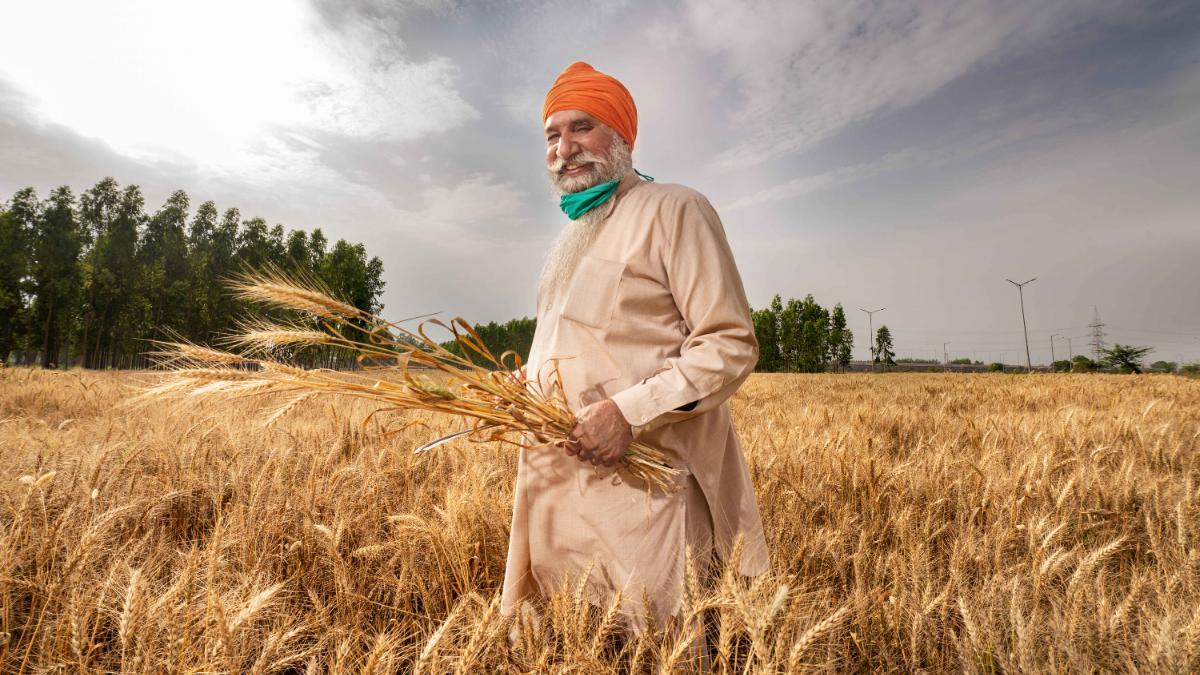
In the current procurement season (2021-22), Punjab purchased132.08 lakh tonnes of wheat from farmers while MP procured 128.16 lakh tonnes. In 2020-21, MP had procured 129 lakh tonnes of wheat while Punjab procured 127.6 lakh tonnes.
Even as Punjab reclaimed the top spot, MP has entered the club of biggest wheat procurers and would be looking to stay there. Moreover, if the present procurement policy continues, it is only a matter of a few years before MP permanently becomes the top procurer of wheat in the country. Here’s why:
At 3.92 lakh tonnes, the gap between Punjab and MP in wheat procurement in 2021-22 was small. While MP nearly reached its 2020-21 levels in procurement, Punjab claimed the top spot by increasing procurement by around 4.48 lakh tonnes.
Both figures, in percentage terms, are small and can be breached. More importantly, MP has way more excess wheat to sell compared to Punjab. Production of wheat in MP is estimated to be around 300 lakh tonnes a year while in Punjab, it is expected to be around 175 lakh tonnes. Of these, in MP, 128 lakh tonnes or 42 per cent of the production is sold to the government. The remaining is sold to private traders in mandis or is kept by farmers for seed purposes and consumption. In Punjab, 132 lakh tonnes of the estimated 175 lakh tonnes, or 75 per cent, of wheat is sold to the government. Perhaps this was also the reason for the anti-farm laws protests being shrill in Punjab compared to other states.
Productivity in MP is far less than in Punjab, suggesting scope for immense growth in production. In Punjab, wheat is cultivated over 35 lakh hectares while in MP, it is sown over 97 lakh hectares. The productivity in Punjab stands at 49 quintals per hectare while in MP it is 35 quintals per hectare. In other states, such as Uttar Pradesh, where wheat production is usually about 320 lakh tonnes a year, government procurement in 2021-22 is likely to be around 55 lakh tonnes.
“The pandemic (second wave) led to the closure of mandis in mid-April and more arrivals to the government centres. If the mandis had closed down earlier, MP would have procured more wheat than last year,” says Tarun Pithode, director, food and civil supplies, MP.
Compared to 2020, when 20.9 lakh tonnes of wheat were sold to private traders through mandis in April and May, the total trade through private traders in 2021 fell to 7.6 lakh tonnes in the same months.
The arrival of wheat for sale to the government would depend on the MSP (minimum support price) offered. Last year, the Union government announced a hike of Rs 50 per quintal in MSP of wheat (to Rs 1,975 per quintal), the smallest hike in many years. If the government plans to disincentivise wheat production, the small hikes in MSP are an indicator. But if it doesn’t, MP will emerge as the top contributor to India on a regular basis.

发表回复